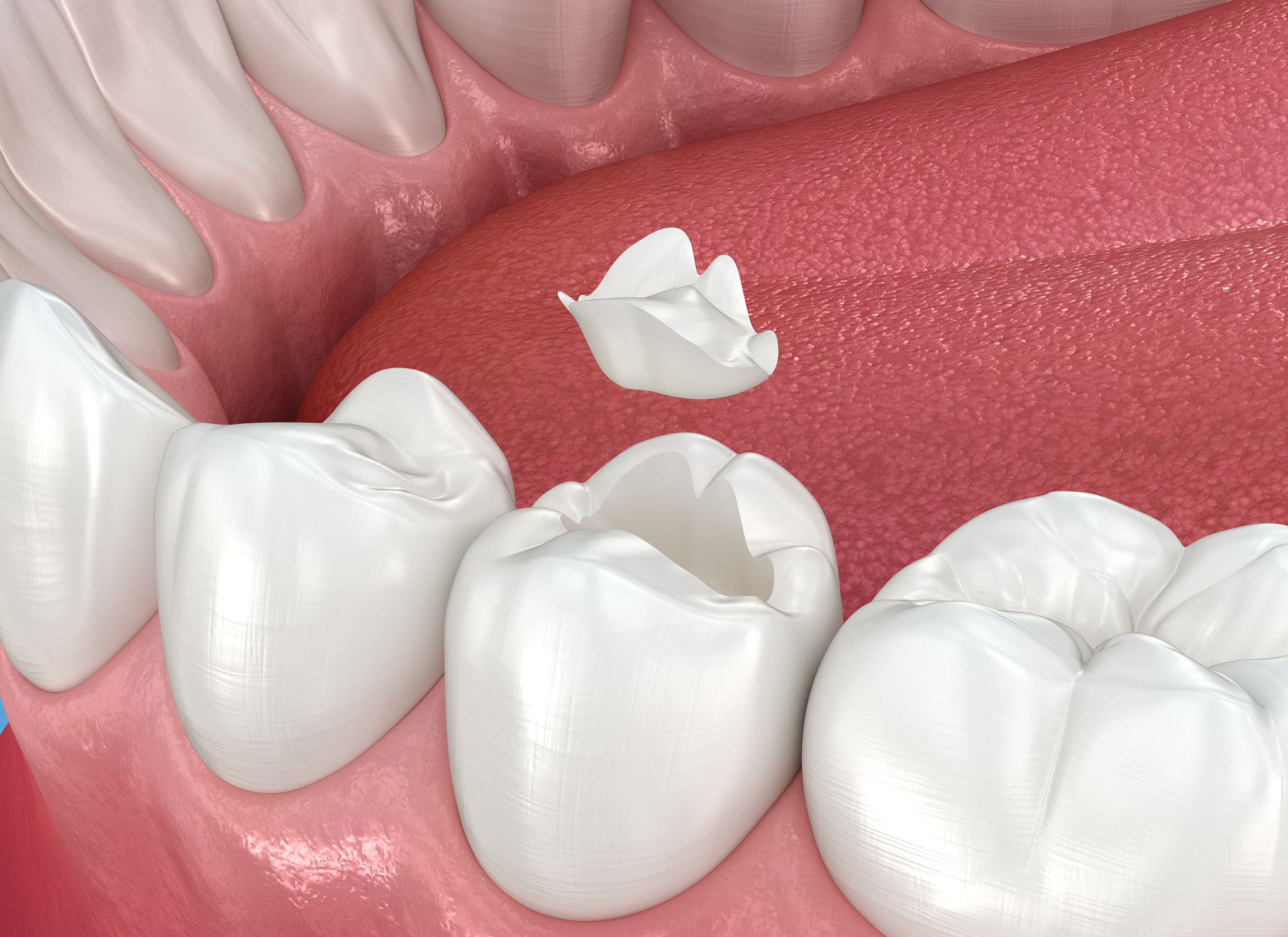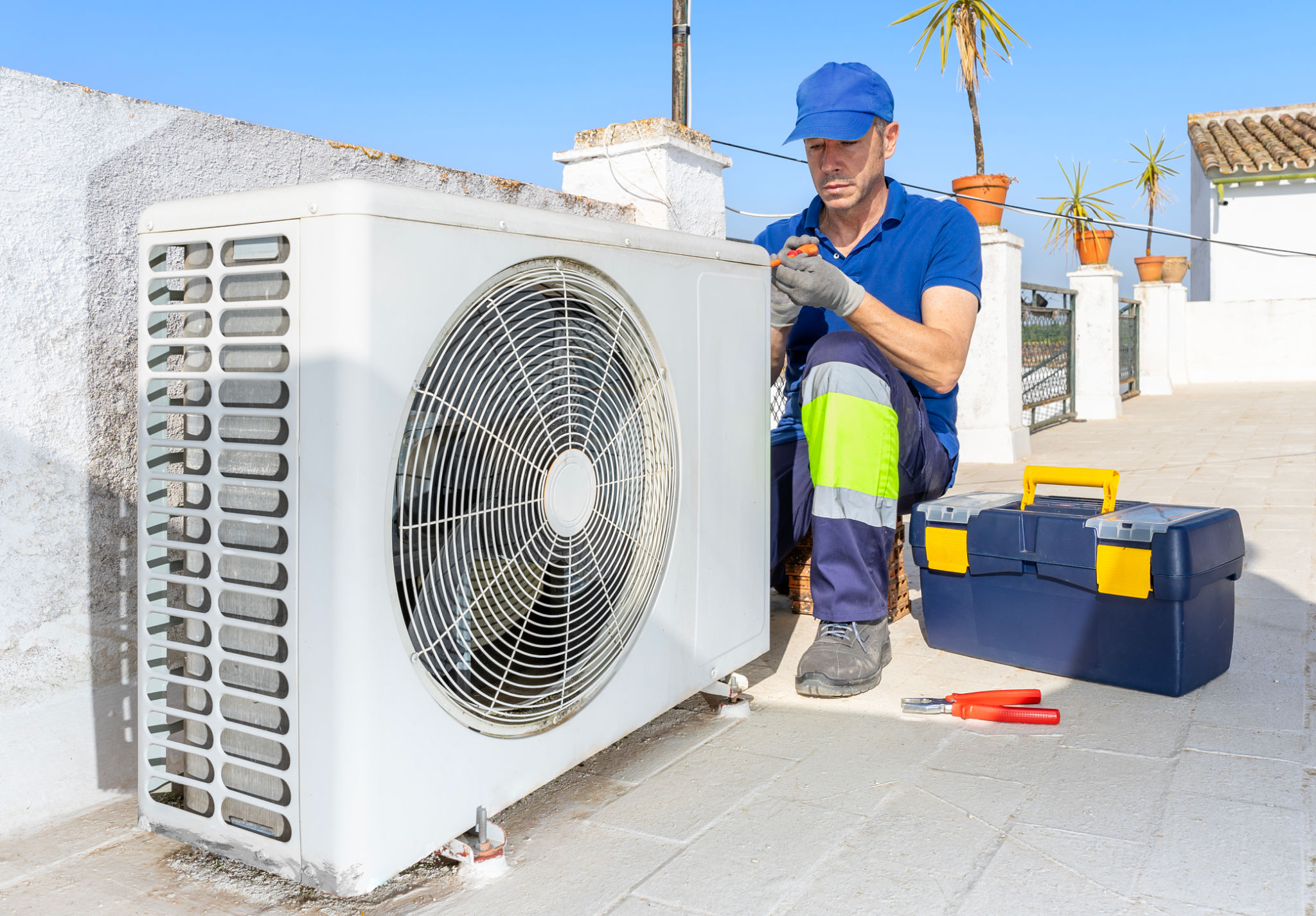Understanding the Lifecycle of Dental Equipment: When to Repair or Replace
Introduction to Dental Equipment Lifecycle
For dental professionals, understanding the lifecycle of dental equipment is crucial for maintaining both practice efficiency and patient safety. Dental tools are significant investments, and knowing when to repair or replace them can have a substantial impact on your practice's budget and patient care quality.

Factors Influencing Equipment Lifespan
The lifespan of dental equipment depends on various factors, including the quality of the product, frequency of use, and maintenance practices. High-quality equipment from reputable manufacturers often lasts longer and performs more reliably than cheaper alternatives. However, even the best equipment requires regular maintenance to reach its full potential lifespan.
Consistent usage without proper care can lead to premature wear and tear, reducing the effective life of the equipment. Therefore, implementing a regular maintenance schedule is essential for extending the life of your tools.
Signs Your Equipment Needs Attention
Recognizing early signs of wear and tear can prevent costly repairs or replacements. Common indicators that your equipment may need attention include:
- Visible wear or damage to parts
- Decreased efficiency or performance
- Unusual noises during operation
- Frequent malfunctions

When to Repair
Repairing dental equipment is often a cost-effective solution when issues are minor. Regular maintenance can address many problems before they escalate, including replacing worn-out components such as hoses or seals. Repairs are particularly viable when equipment is relatively new, or if the malfunction is isolated to a specific part that can be easily replaced.
Consulting with a professional technician can help determine whether repair is a feasible option. They can provide an assessment of the equipment's condition and offer insights into potential future issues.
The Cost-Benefit Analysis
Deciding to repair involves weighing the costs against the benefits. If repair expenses are less than half the cost of new equipment and can restore full functionality, it might be worthwhile. However, if repairs are frequent and costly, it may be more economical in the long run to replace the equipment.

When to Replace
Replacement is often necessary when equipment has reached the end of its functional life or when repairs are no longer cost-effective. Newer models may offer advanced features that improve efficiency and patient care, making replacement a strategic investment.
Consider replacement if your equipment frequently breaks down, if repair costs exceed 50% of the price of new equipment, or if newer technology offers significant advantages in terms of performance and safety.
Conclusion: Strategic Decisions for Your Practice
Understanding when to repair or replace dental equipment is critical for maintaining a successful practice. By keeping track of your equipment's lifecycle and making informed decisions based on condition and cost-effectiveness, you ensure that your practice remains efficient and capable of providing high-quality patient care.

